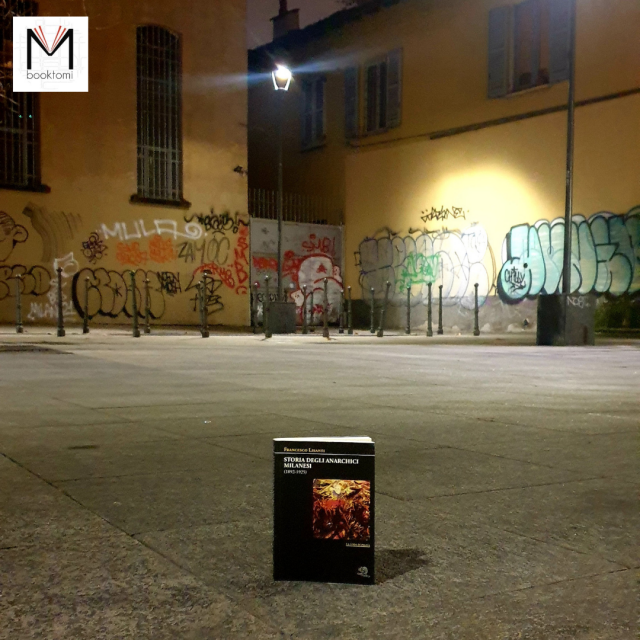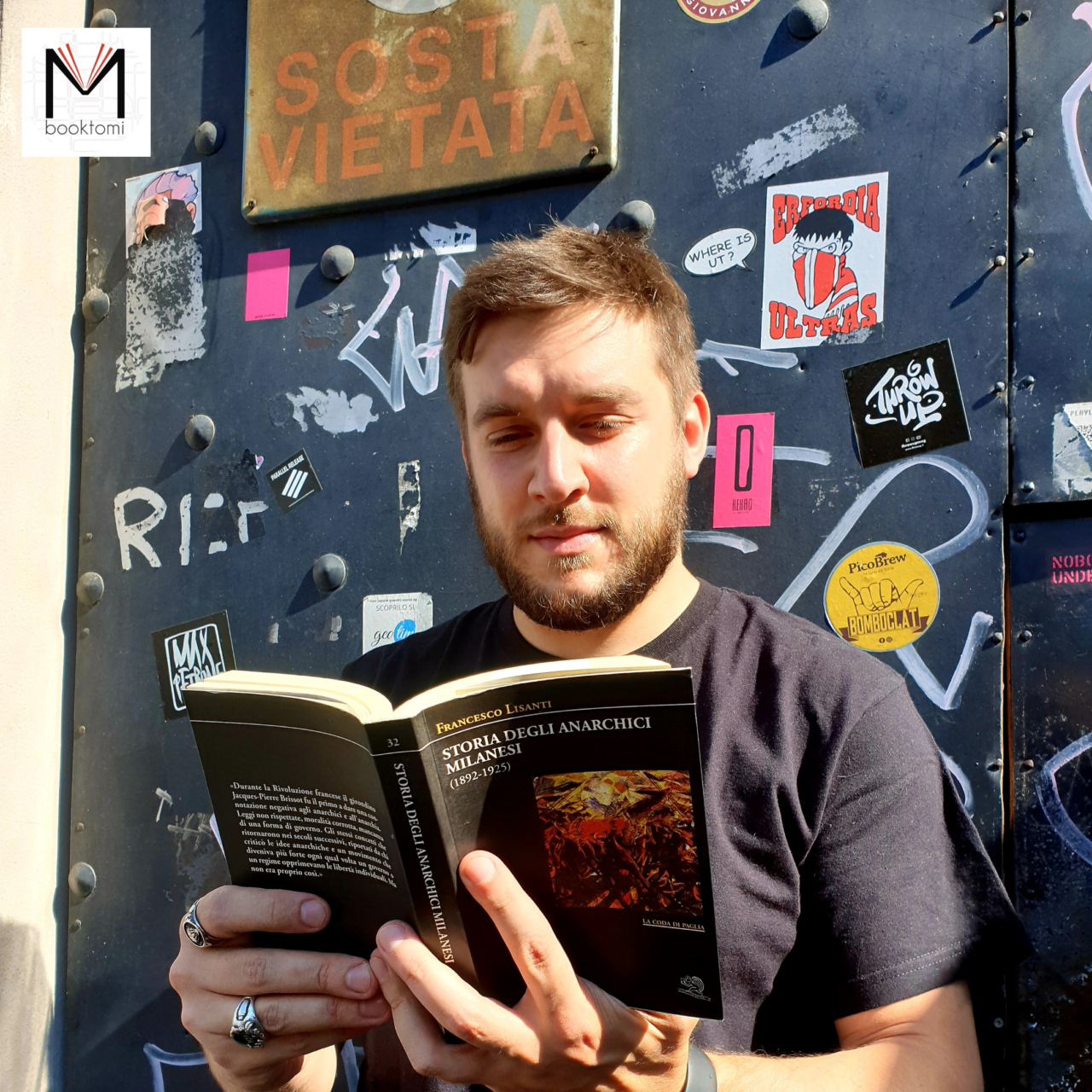“Every anarchist was seen as dangerous just for being an anarchist. Ideology was dangerous, not the man.”
Interesting historical monograph.To read the text, a good smattering of Italian history of the beginning of the century is recommended, otherwise you run the risk of being stranded after the first ten pages have passed.
Given the importance of the city of MIlan, the history of the Milanese anarchist world is consequently that of the entire peninsula. Milan is rediscovered as an obligatory crossroads for those who, between 1800 and 1900, wanted to get in touch with the national political fervor and appreciate its European reverberation. It is no coincidence that it was the city of the great newspapers and of the intellectuals forerunners of the times.
Anarchist thought is told in the names of the men and the places where they tried to meet, the multiple currents that crossed it and the direct competition with the socialist party, which at the end of the nineteenth century also began to know an institutional dimension with the election of Andrea Costa in parliament.
We found some historical reconstructions of the book interesting, such as the one on the assassination of King Umberto I, and of whoever armed the hand, and the mind, by Gaetano Bresci; one of the many Italian secrets that will never be revealed.
A historical period that must be read as a whole to be understood (but not judged), when political attacks and murders represented a valid option.
What we liked less was the choice not to diversify the sources. We understand the intention of going to tell the story of the Milanese anarchists through the archival documentation of the police headquarters, but in our opinion comparing those sources with others would have given greater solidity to the work. We would have liked, for example, if the police sources had been refuted with the diaries or newspapers of the time, or if the police reports of other countries, where the Italian anarchists had taken refuge, had been collected in a copious and not sporadic manner. We hope this can be the starting point for an already full-bodied future work.
_____________________________________________________________________________________________________
Francesco Lisanti, History of the Milanese anarchists, La vita felice, Milano, 2016




